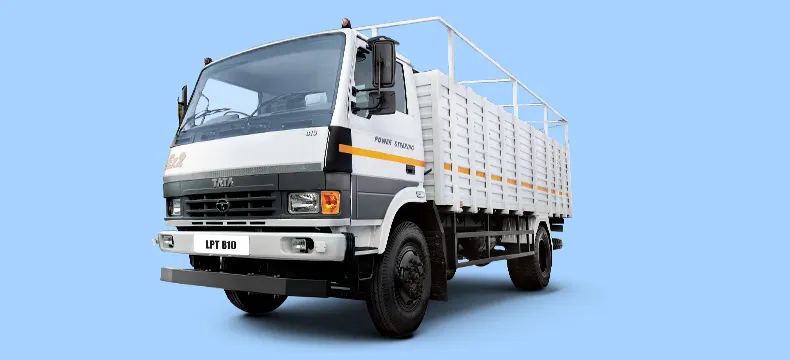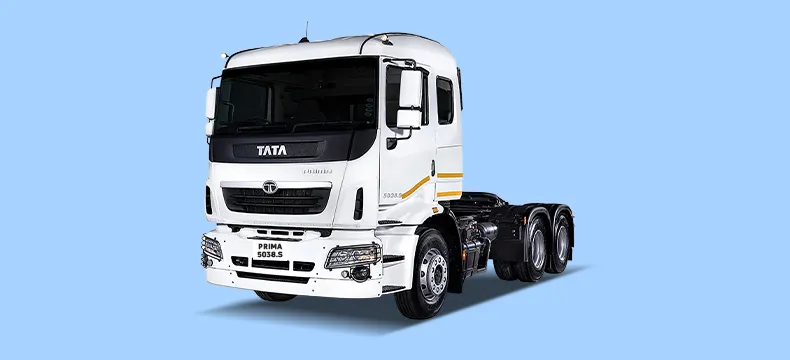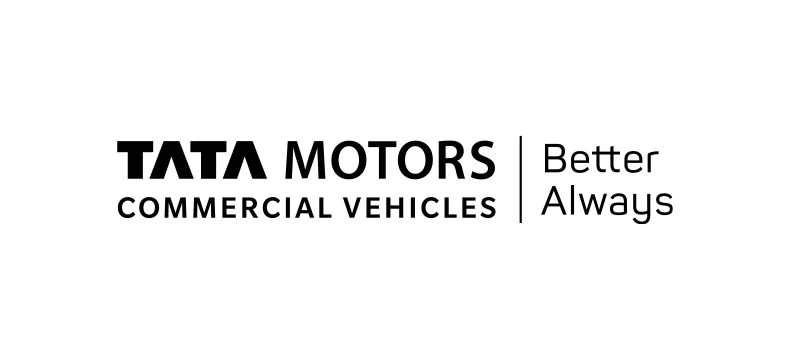4 Dec 2025

Best Upcoming Commercial Vehicles in Kenya
- Tata Motors
- 15 Oct 2024
- COMMERCIAL VEHICLE
Introduction
Kenya’s commercial vehicle market is set to experience a significant transformation, with Tata Motors introducing a range of next-generation commercial vehicles. These vehicles are designed to cater to the diverse needs of businesses across various industries, from logistics and construction to agriculture and retail. This article explores critical considerations when purchasing a new commercial vehicle in Kenya.
Factors to Consider Before Purchasing a Commercial Vehicle
When purchasing a new commercial vehicle in Kenya, it is essential to consider several factors to ensure the best choice for your operational needs. Here are some critical considerations:
-
Purpose and Application
Identify the Primary Use of the Vehicle:
-
Transporting Goods: For transporting goods, consider the payload capacity, cargo space, and ease of loading and unloading.
-
Passenger Transport: For passenger transport, focus on seating capacity, comfort, and safety features.
-
Specialised Applications: For specific industries like construction or agriculture, look for features like ruggedness, off-road capability, and specialised attachments or modifications.
Industry-Specific Requirements:
-
Logistics: Vehicles should be reliable and capable of handling long distances efficiently.
-
Construction: Look for vehicles with solid chassis and high durability to withstand harsh conditions.
-
Retail: Ensure the vehicle is suitable for urban environments, with frequent stops and starts.
-
-
Fuel Efficiency
Vehicles with High Fuel Efficiency:
- Lower Operational Costs:
Fuel-efficient vehicles help reduce overall operational costs, making them more economical overall.
- Environmental Impact:
Vehicles with better fuel efficiency typically have lower emissions, creating a cleaner environment.
- Fuel Types:
Consider the type of fuel the vehicle uses (diesel, petrol, or alternative fuels) and its availability and cost in your area.
Technology and Innovations:
- Hybrid and Electric Options:
Explore hybrid or electric commercial vehicles, which offer significant fuel savings and are more environmentally friendly.
- Engine Efficiency:
Look for engines designed for better fuel combustion and lower fuel consumption.
- Lower Operational Costs:
-
Maintenance and Service
Consider the Availability of Service Centres:
- Proximity to Service Centres:
service centres are conveniently located to minimise downtime during maintenance or repairs.
- Quality of Service:
Check the reputation and quality of service provided by authorised service centres.
Cost of Maintenance:
- Spare Parts Availability:
Verify the availability and cost of spare parts. Vehicles with easily accessible spare parts are easier and cheaper to maintain.
- Maintenance Intervals:
Longer intervals between maintenance can reduce costs and downtime.
- Warranty and Support:
Consider vehicles with comprehensive warranties and strong manufacturer support.
- Proximity to Service Centres:
-
Safety Features
Ensure the Vehicle Has Advanced Safety Features:
- Driver Safety:
Airbags, anti-lock braking systems (ABS), electronic stability control (ESC), and traction control systems enhance driver safety.
- Cargo Safety:
Secure cargo areas, proper load distribution, and stability features are crucial for protecting the load and preventing accidents.
- Advanced Driver Assistance Systems (ADAS):
Modern vehicles often have ADAS features like lane departure warning, adaptive cruise control, and collision avoidance systems.
Regulatory Compliance:
- Local Safety Standards:
Ensure the vehicle complies with Kenyan safety regulations and standards.
- Training and Awareness:
Train drivers to utilise safety features effectively and maintain safe driving practices.
- Driver Safety:
-
Total Cost of Ownership
Evaluate All Costs Associated with the Vehicle:
- Purchase Price:
While the initial purchase price is essential, it should be weighed against the long-term benefits and costs.
- Maintenance and Repair Costs:
Include routine maintenance, unexpected repairs, and the cost of spare parts in your calculations.
- Fuel Costs:
Consider the fuel efficiency and the cost of fuel over the vehicle’s lifespan.
- Insurance:
Evaluate the cost of insuring the vehicle, which can vary depending on its type and usage.
Depreciation and Resale Value:
- Depreciation Rate:
Some vehicles retain their value better than others. Consider the depreciation rate when making your decision.
- Resale Value:
A vehicle with a high resale value can provide better returns when upgrading your fleet.
Financing Options:
- Leasing vs. Buying:
Assess the pros and cons of leasing versus buying the vehicle based on your financial situation and business needs.
- Interest Rates and Loan Terms:
Consider the interest rates and terms of any loans or financing options you may have available.
- Purchase Price:
Latest Commercial Vehicle Trends and Demand
The need for efficient and reliable transportation solutions across various sectors drives the demand for commercial vehicles in Kenya. Recent trends indicate a shift towards vehicles that offer better fuel efficiency, lower emissions, and advanced safety features.
Best Commercial Vehicle in Kenya
The Tata LPT 810, a light commercial vehicle, is a reliable and efficient choice for businesses requiring a robust commercial vehicle. Designed to withstand the most challenging conditions, this vehicle offers exceptional durability, ensuring seamless operations even in tough terrains. Its advanced technology contributes to impressive fuel efficiency, helping businesses reduce operational costs while enhancing profitability. Versatility is at the heart of the Tata LPT 810, making it suitable for various commercial applications, from urban deliveries to rural transport.
Conclusion
Tata Motors’ upcoming trucks in Kenya are poised to revolutionize the commercial vehicle market with innovation, efficiency, and reliability. By staying informed about the latest offerings and market trends, businesses can make strategic decisions to enhance their fleet and operational efficiency.
With Tata Motors’ range of next-generation commercial vehicles, Kenyan companies are well-equipped to meet future challenges. The Tata LPT 810, for example, is a versatile intermediate commercial vehicle known for its reliability, efficiency, and the latest vehicle innovations.
The truck’s robust build and minimal maintenance requirements make it a cost-effective choice for businesses seeking new commercial vehicles in Kenya.
FAQs
What should businesses consider when choosing a new commercial vehicle?
Companies should consider the vehicle’s purpose and application, fuel efficiency, maintenance and service costs, safety features, and total cost of ownership.
What are commercial vehicles in Kenya?
Commercial vehicles in Kenya include trucks, buses, and vans for transporting goods and passengers. These vehicles are essential for various industries, including construction, logistics, and public transportation.
What is the most common commercial vehicle?
The most common commercial vehicle in Kenya varies by industry. However, Tata Motors’ LPT 810 is popular due to its reliability, fuel efficiency, and versatility.
- Tags



















